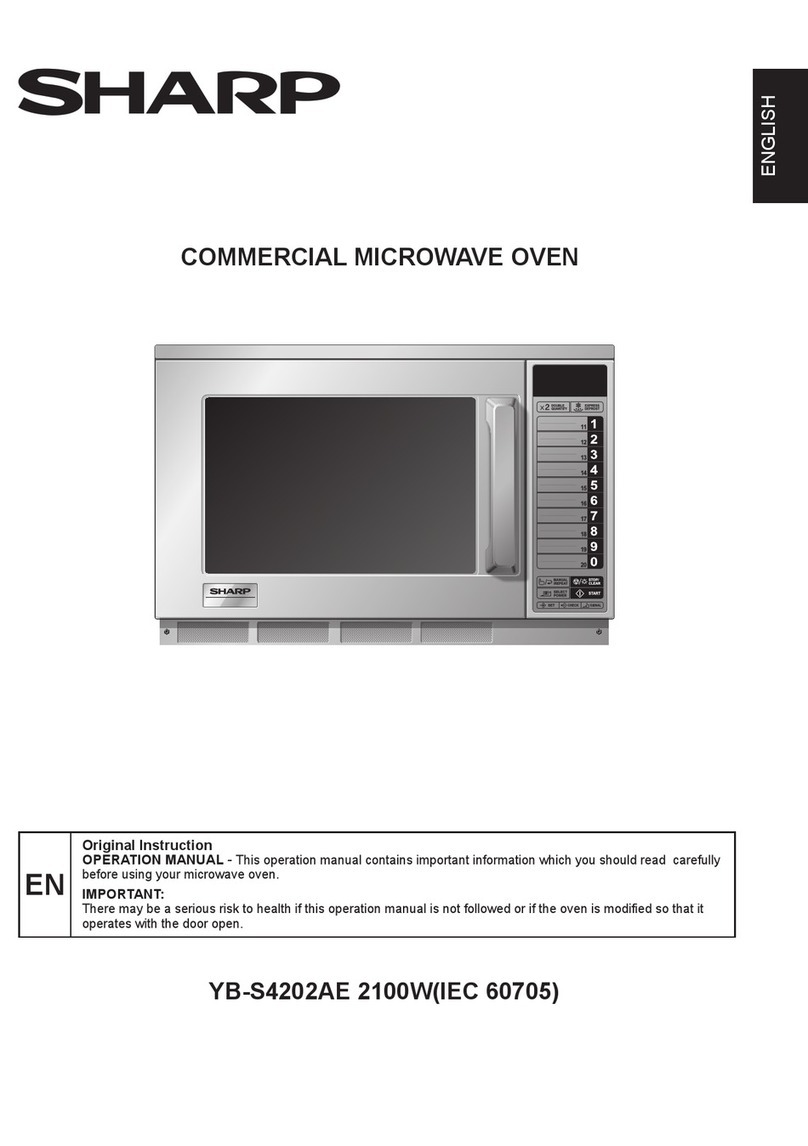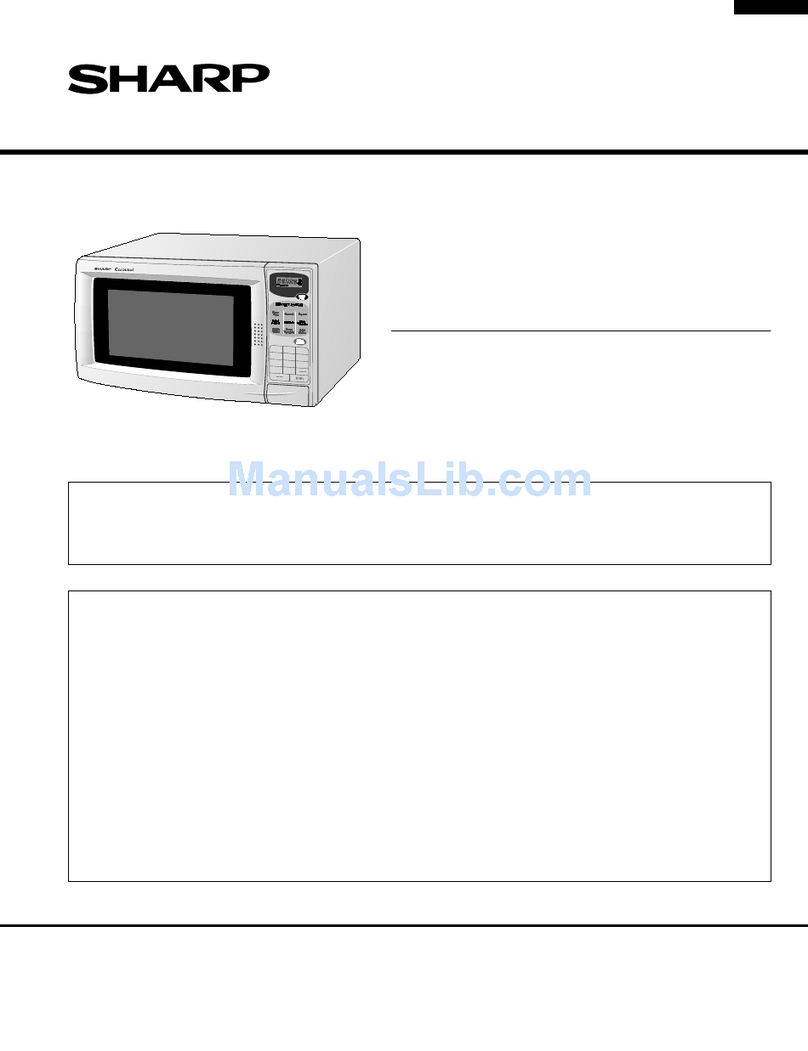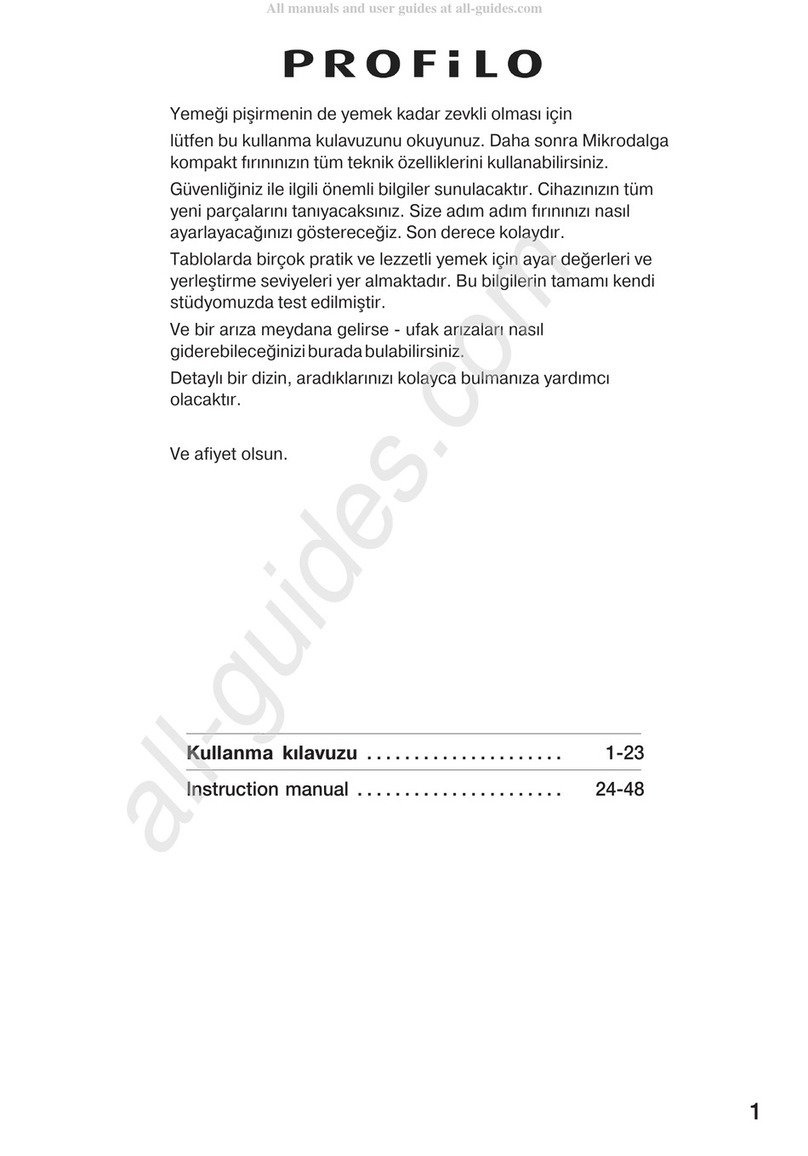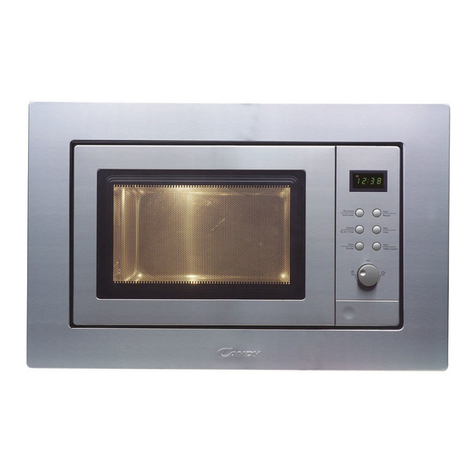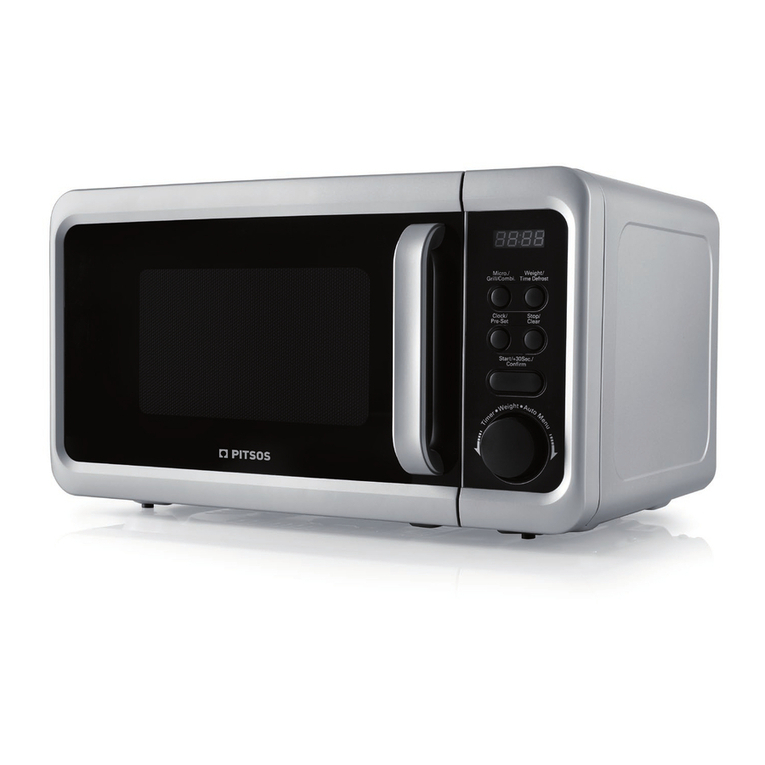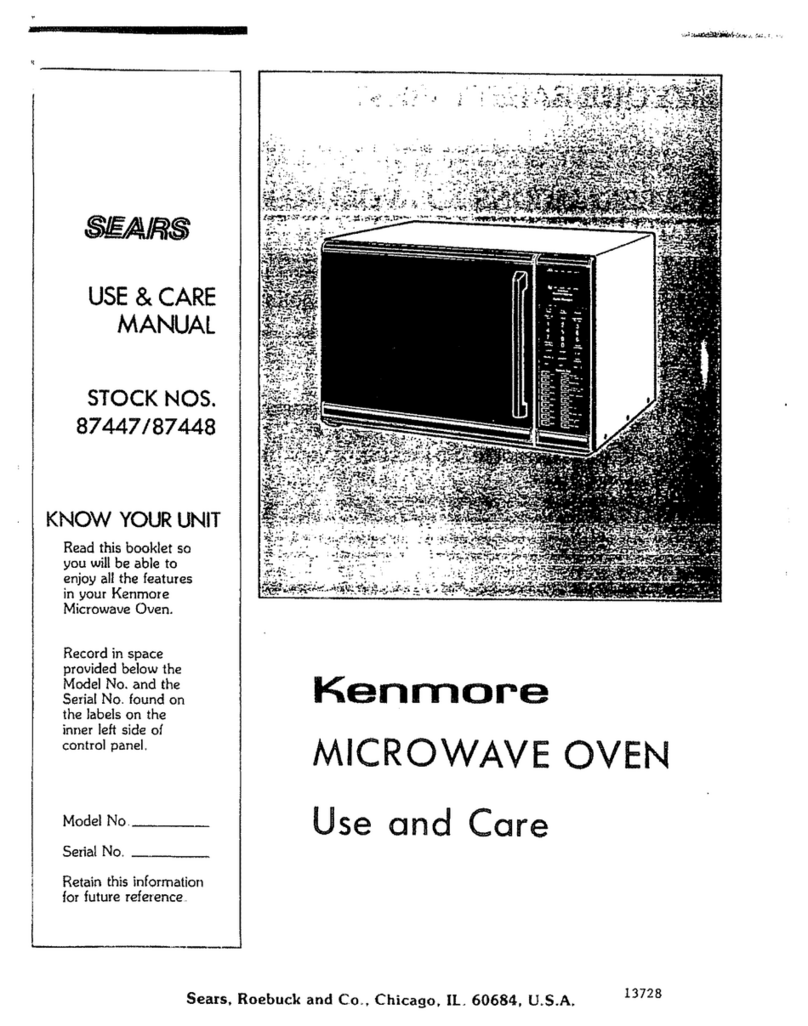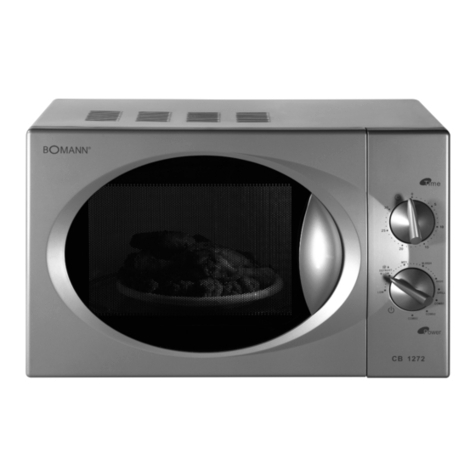Sharp R-3A56(W) User manual
Other Sharp Microwave Oven manuals

Sharp
Sharp R-24AT User manual
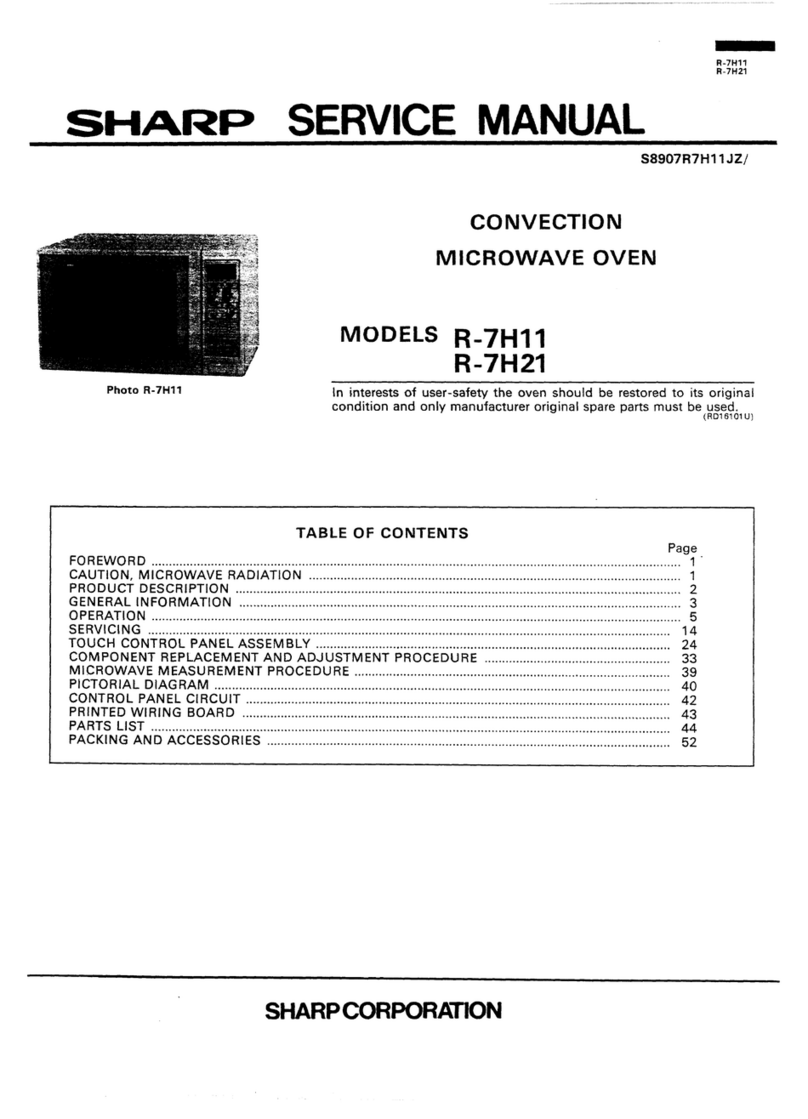
Sharp
Sharp R-THY11 User manual
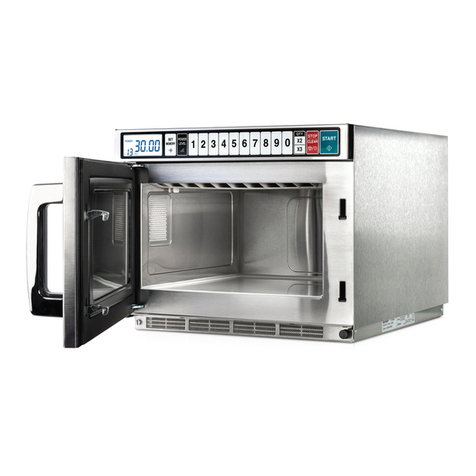
Sharp
Sharp R-7500AT User manual
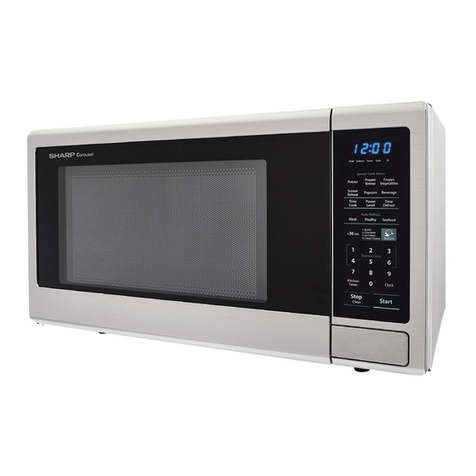
Sharp
Sharp Carousel SMC1442CS User manual
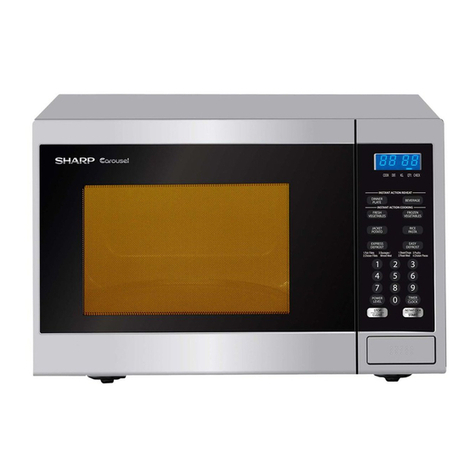
Sharp
Sharp Carousel R-231ZS Use and care manual
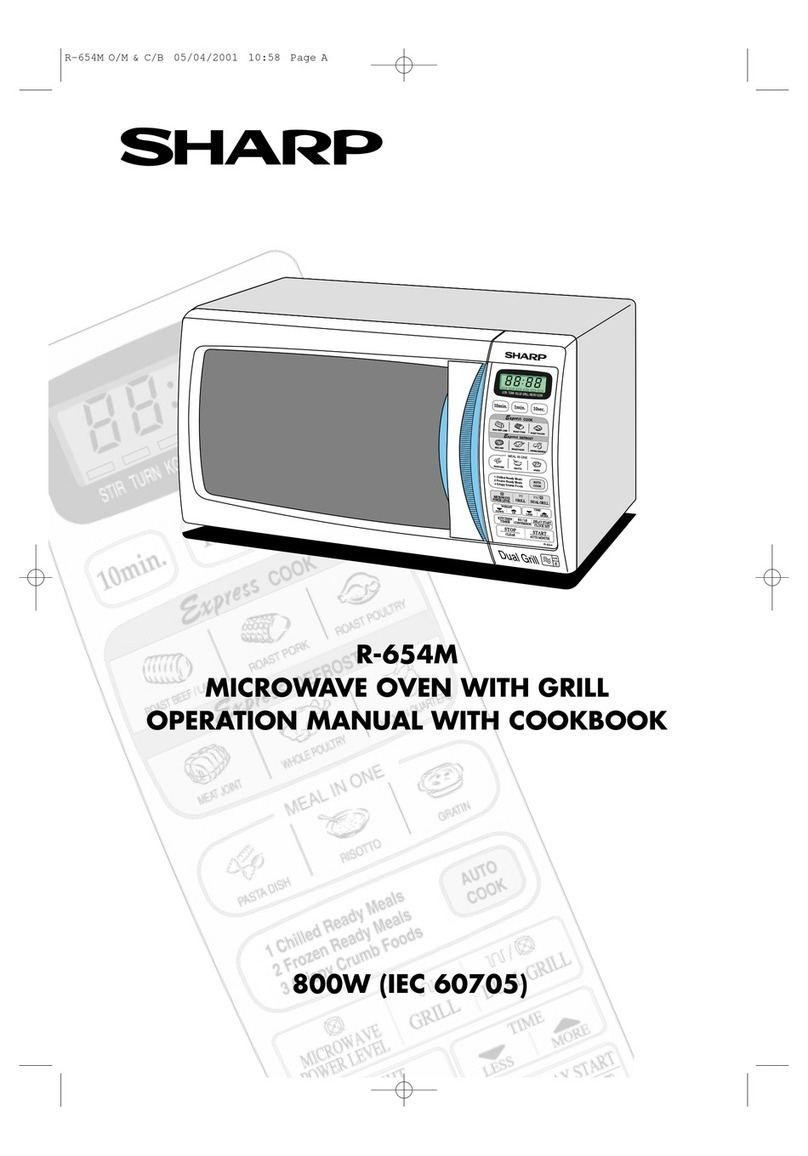
Sharp
Sharp R-654M Instruction Manual
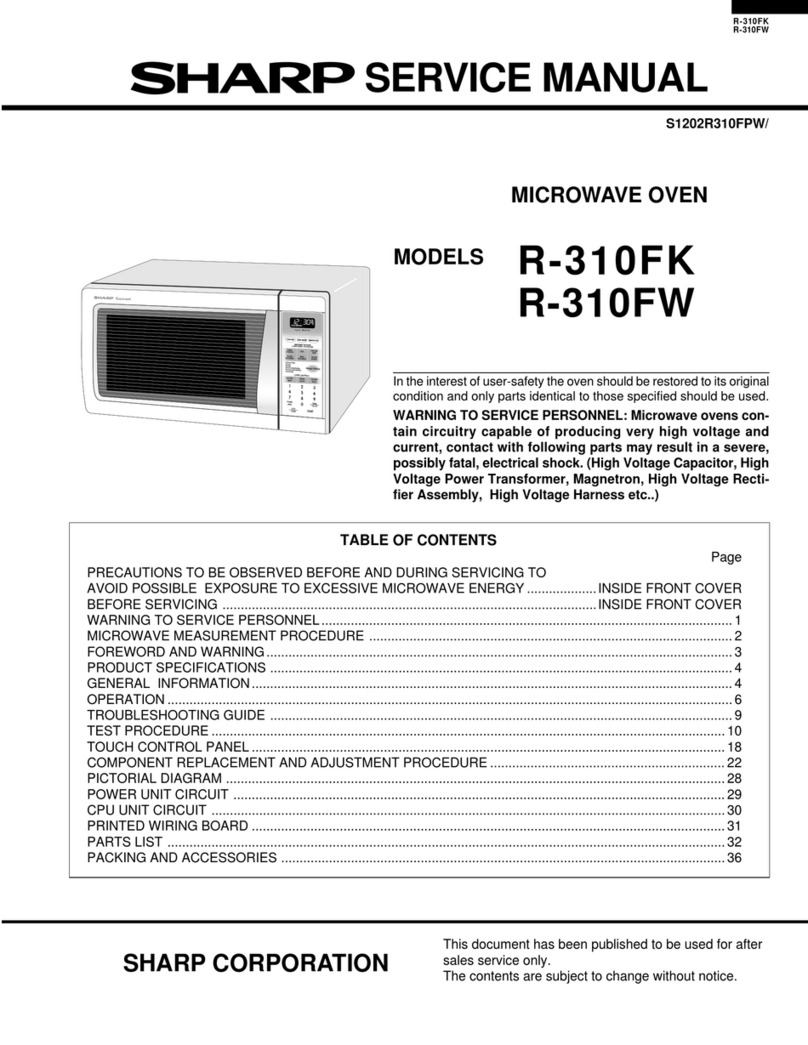
Sharp
Sharp R-310FW User manual
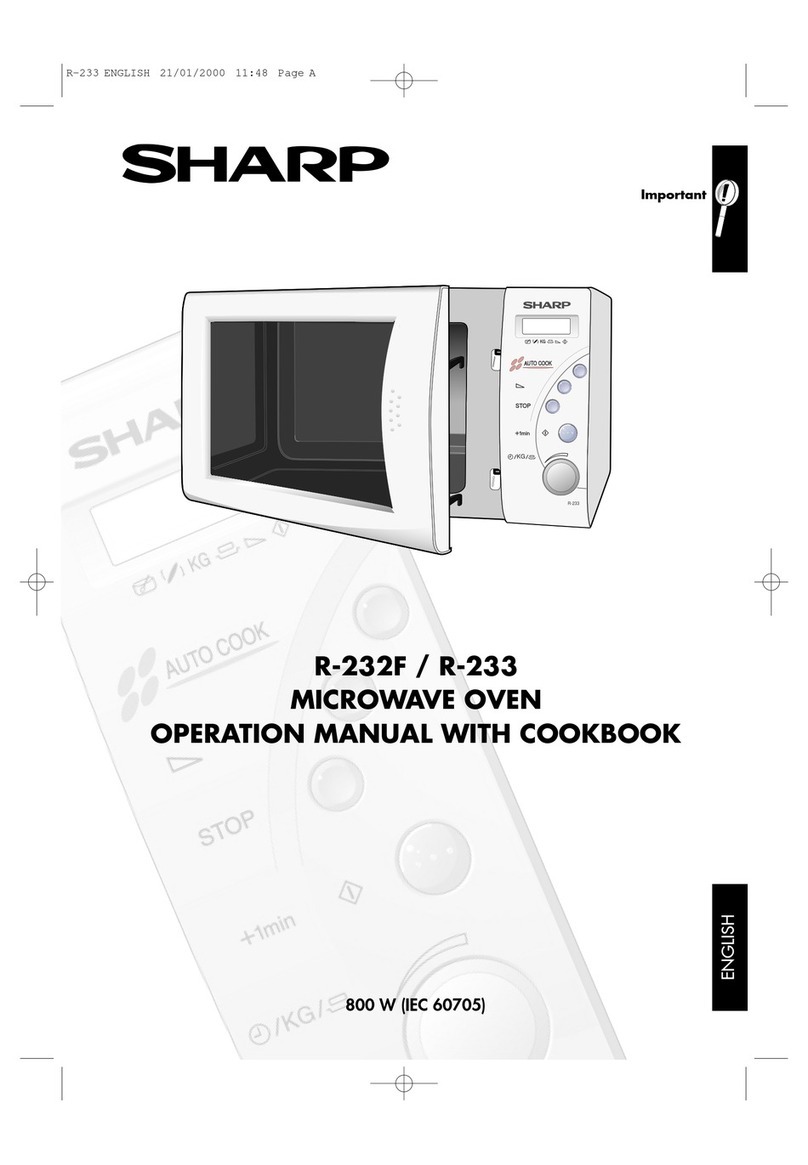
Sharp
Sharp R-232F Instruction Manual

Sharp
Sharp R-852N User manual
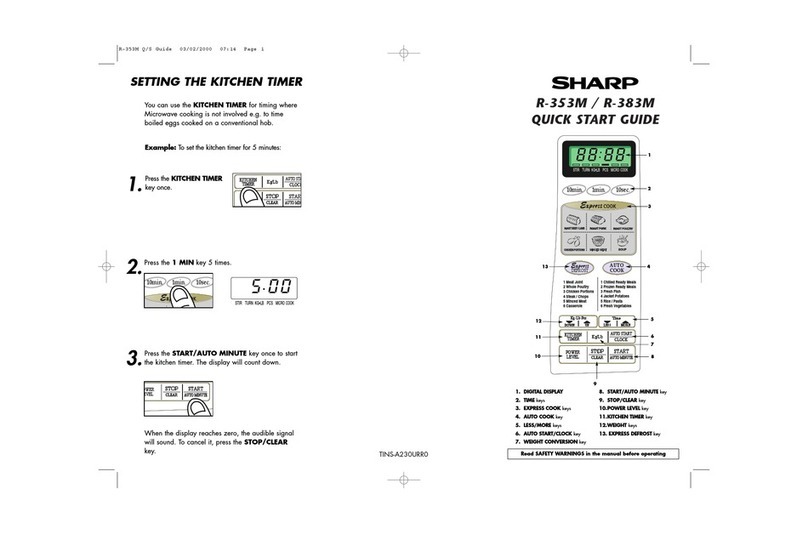
Sharp
Sharp R-353M User manual
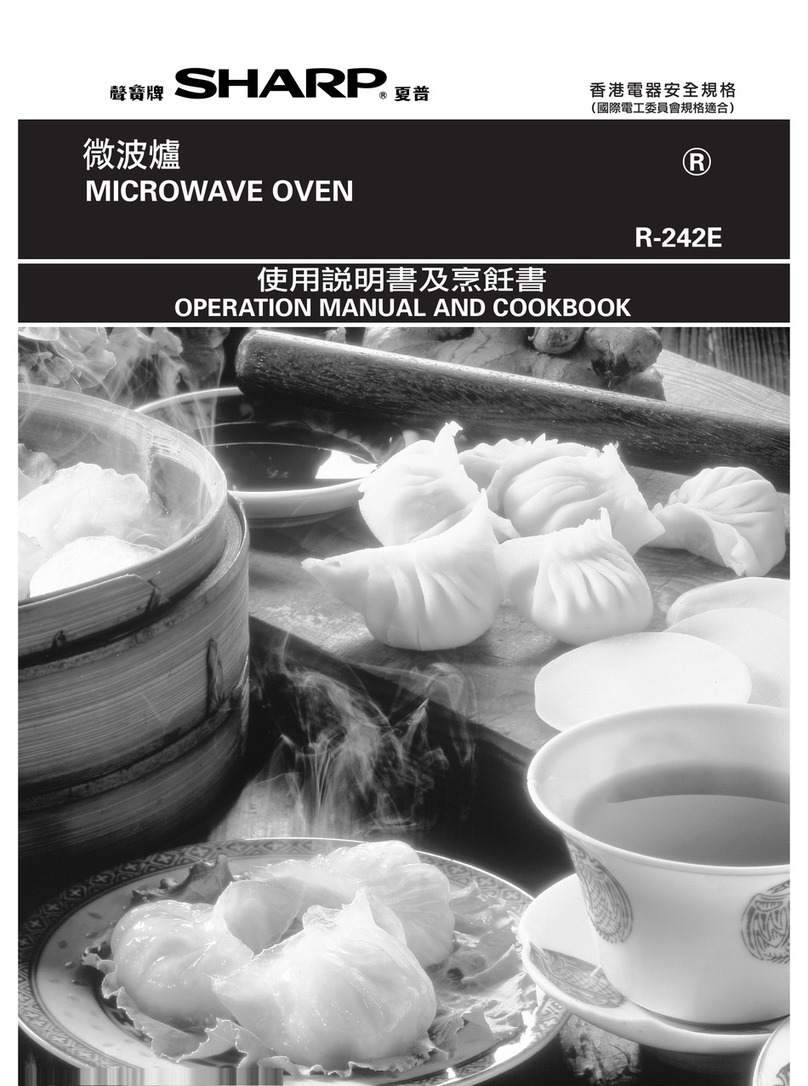
Sharp
Sharp R-242E User manual
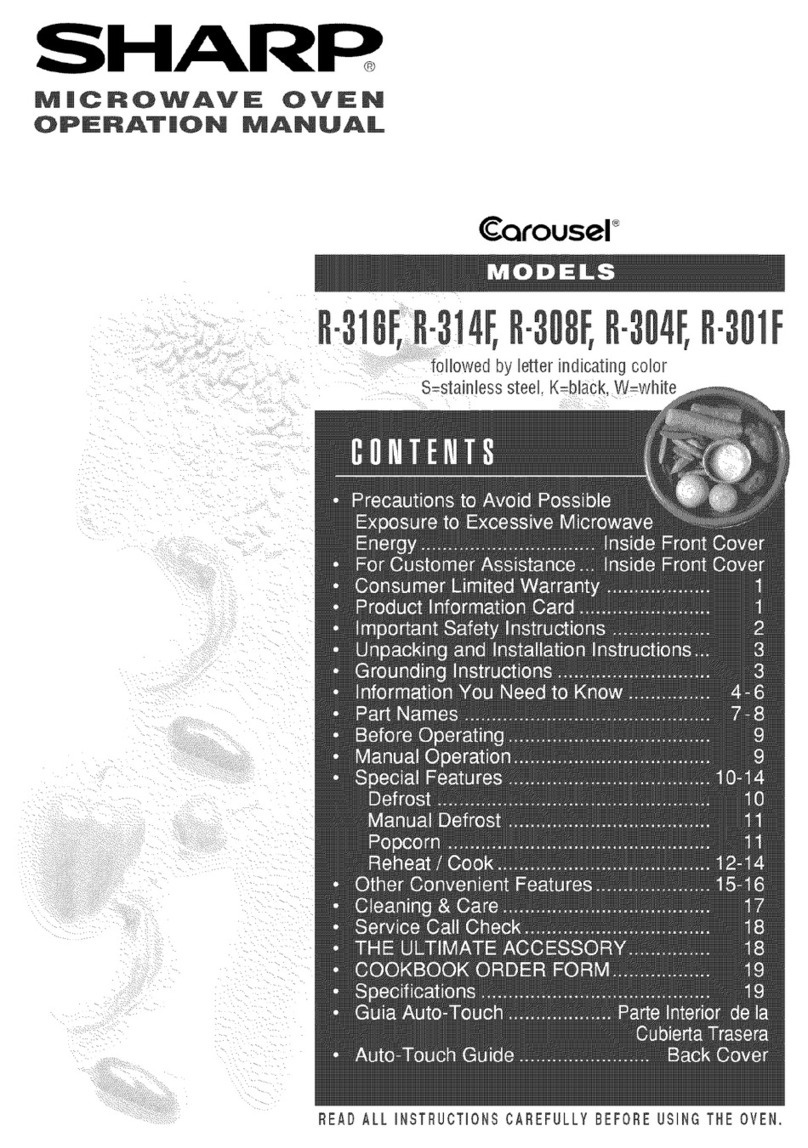
Sharp
Sharp Carousel R-316F User manual

Sharp
Sharp SMC1162HS User manual
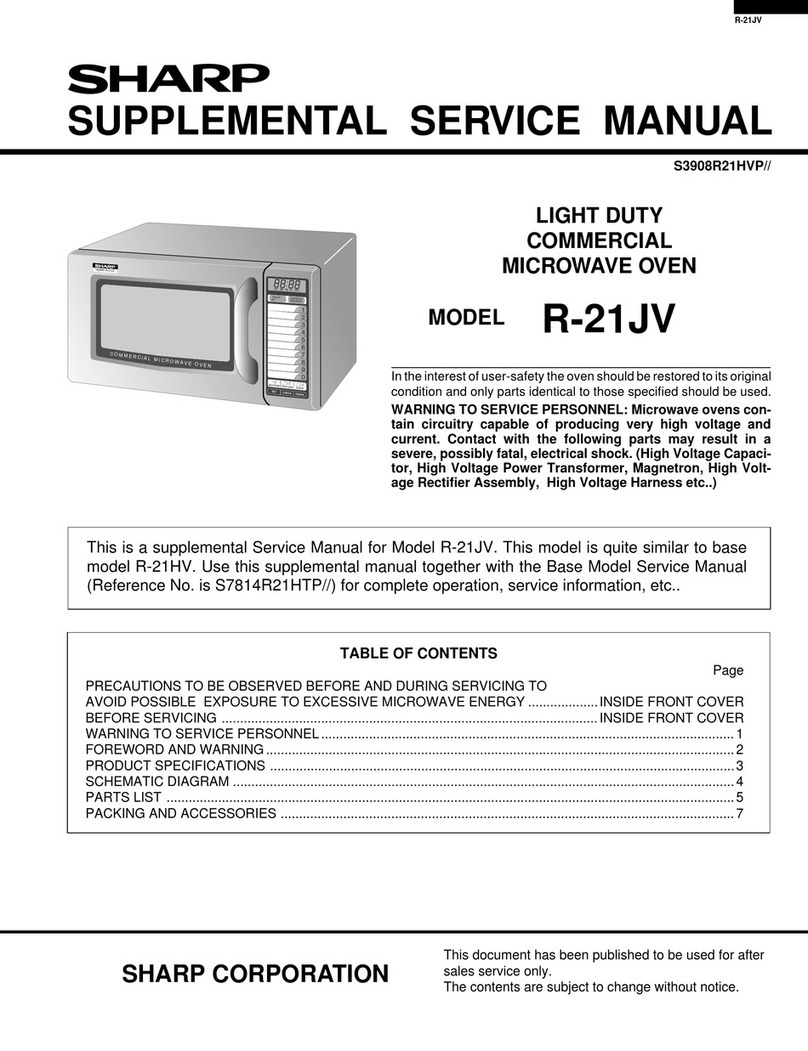
Sharp
Sharp R-21J User manual
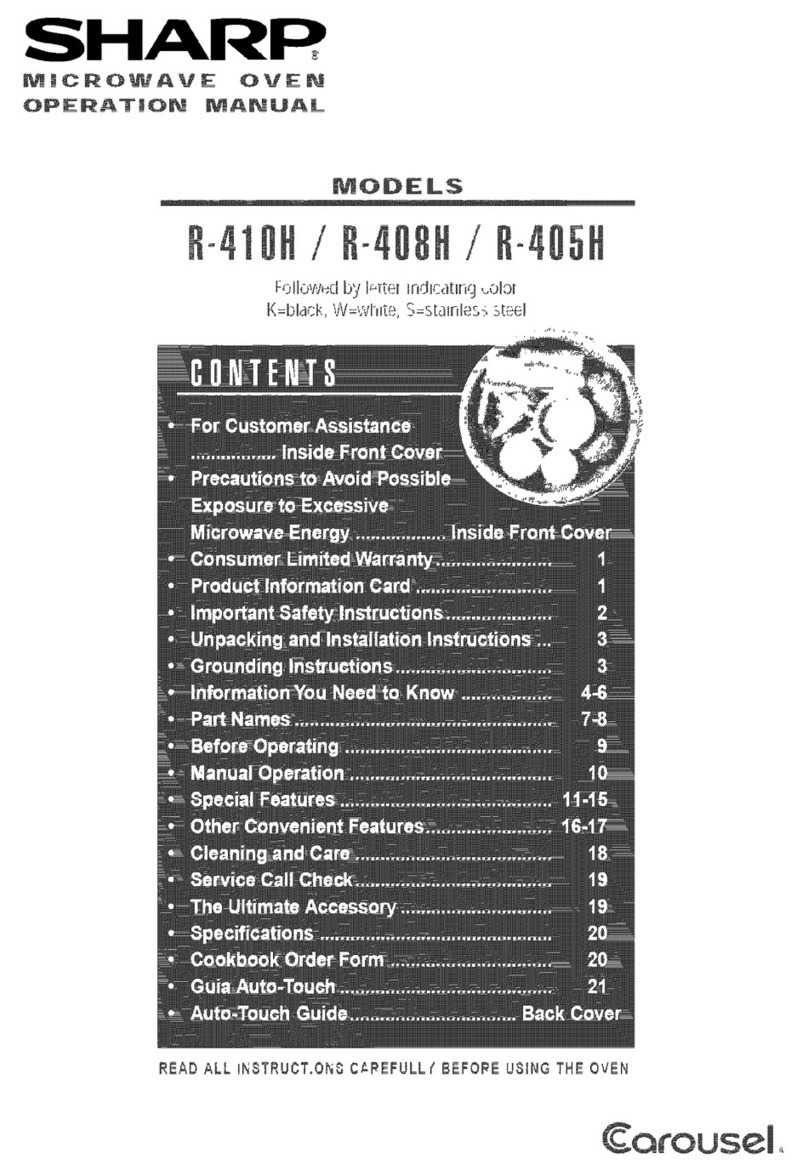
Sharp
Sharp R-410H User manual
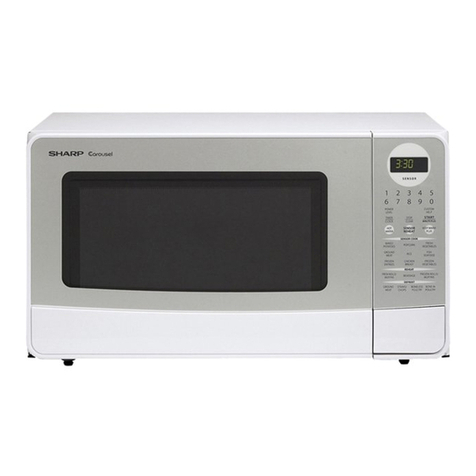
Sharp
Sharp R-420LK User manual
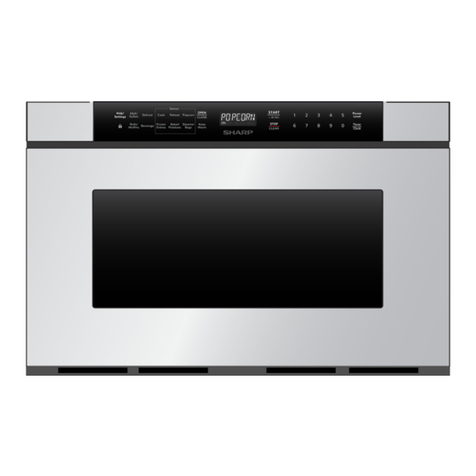
Sharp
Sharp Microwave Drawer SMD2440JS User manual
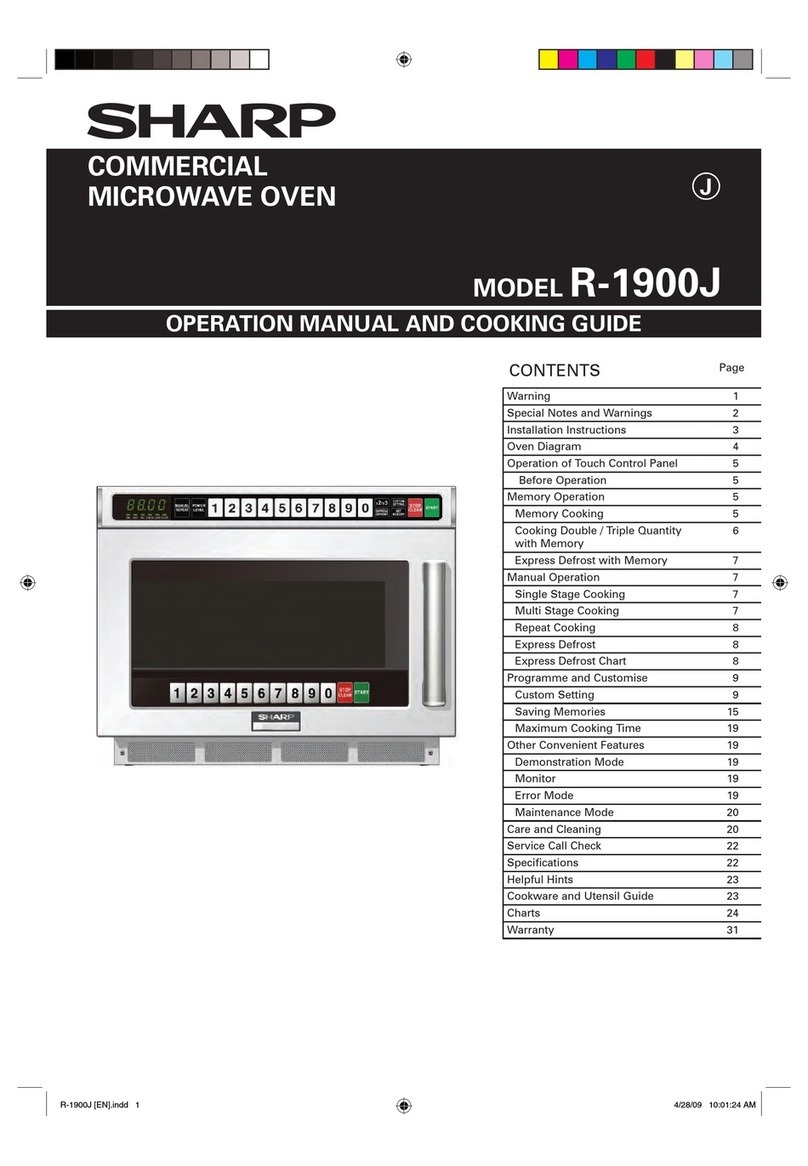
Sharp
Sharp R-1900J Use and care manual
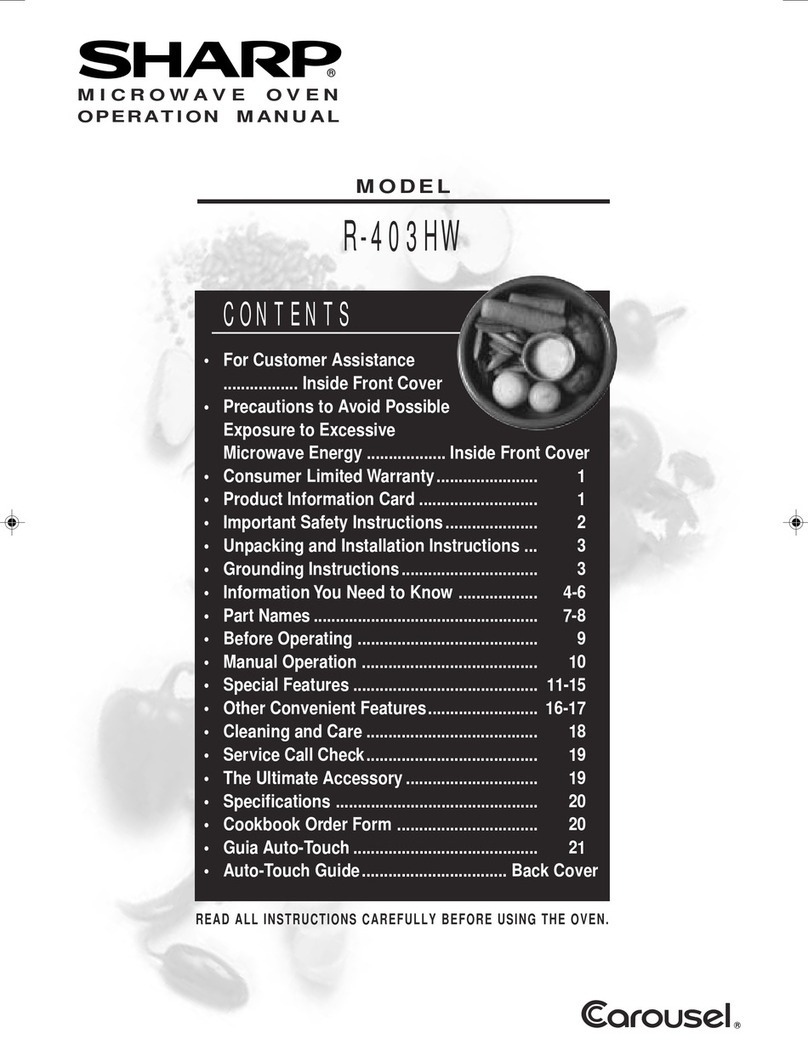
Sharp
Sharp R-403HW User manual
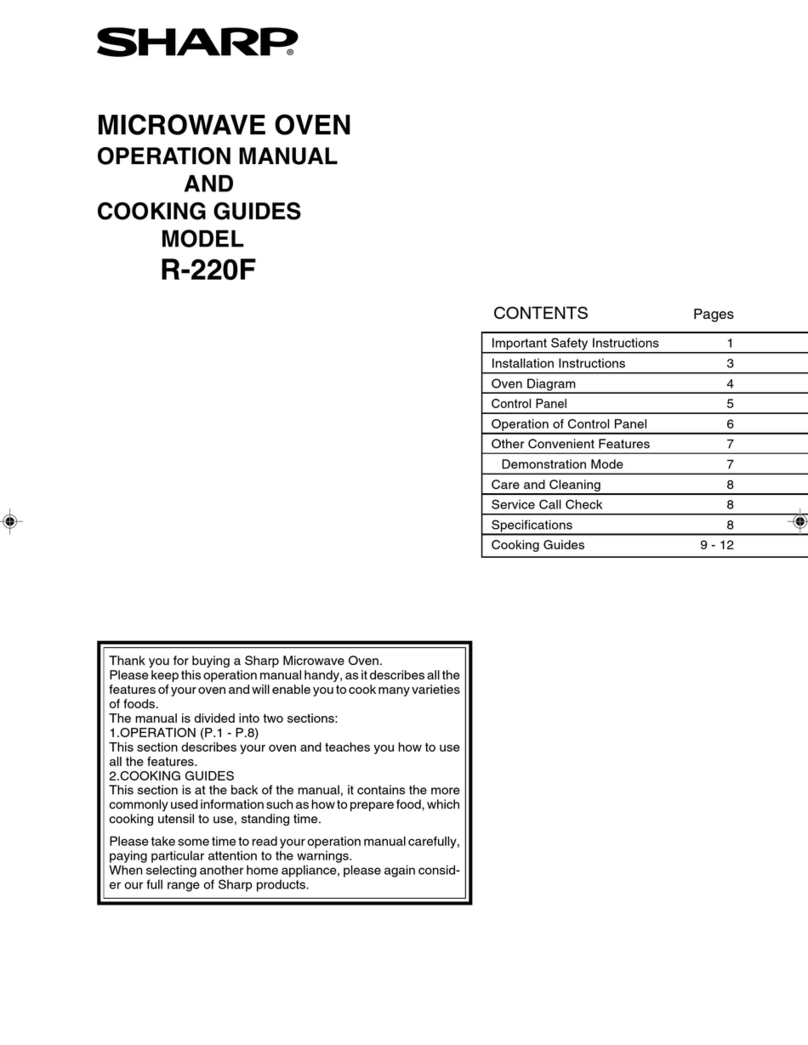
Sharp
Sharp Carousel R-220F Use and care manual
Popular Microwave Oven manuals by other brands
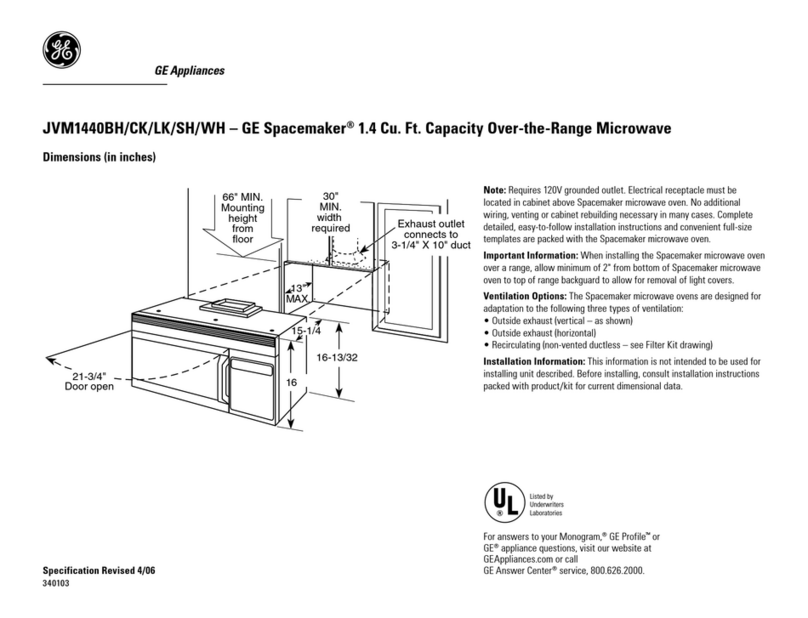
GE
GE Spacemaker JVM1440BH datasheet
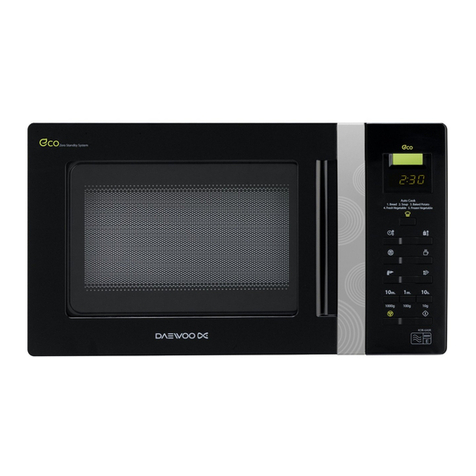
DAEWOO ELECTRONICS
DAEWOO ELECTRONICS KOR-6L8K5S83 Operating instructions & cook book
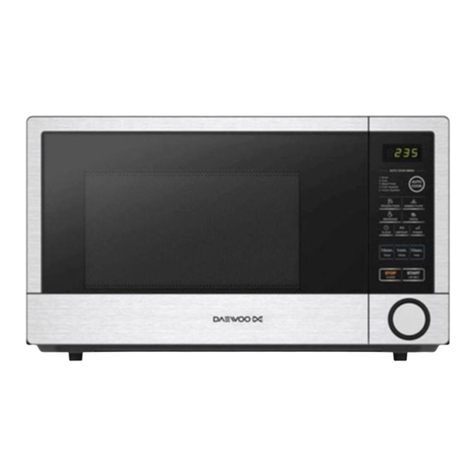
DAEWOO ELECTRONICS
DAEWOO ELECTRONICS KOR-1N5A9S Operating instructions & cook book
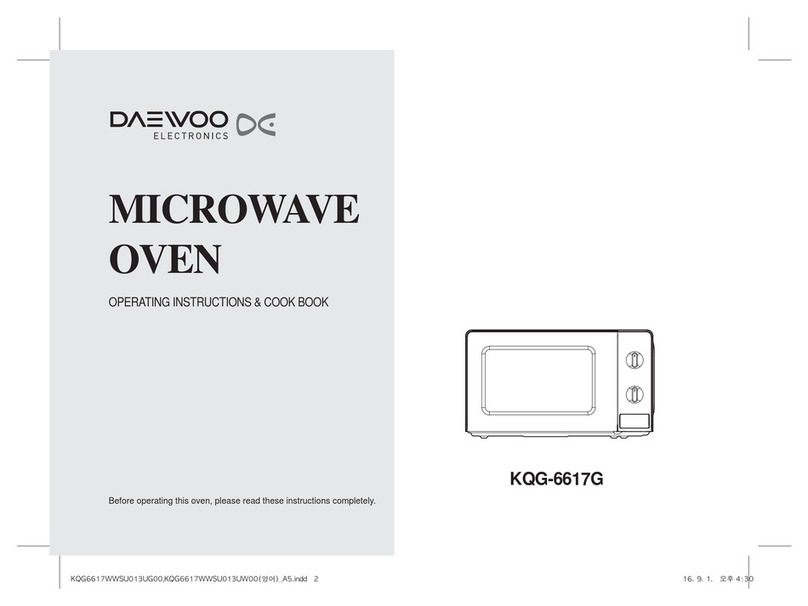
Daewoo
Daewoo KQG-6617G Operating instructions & cook book
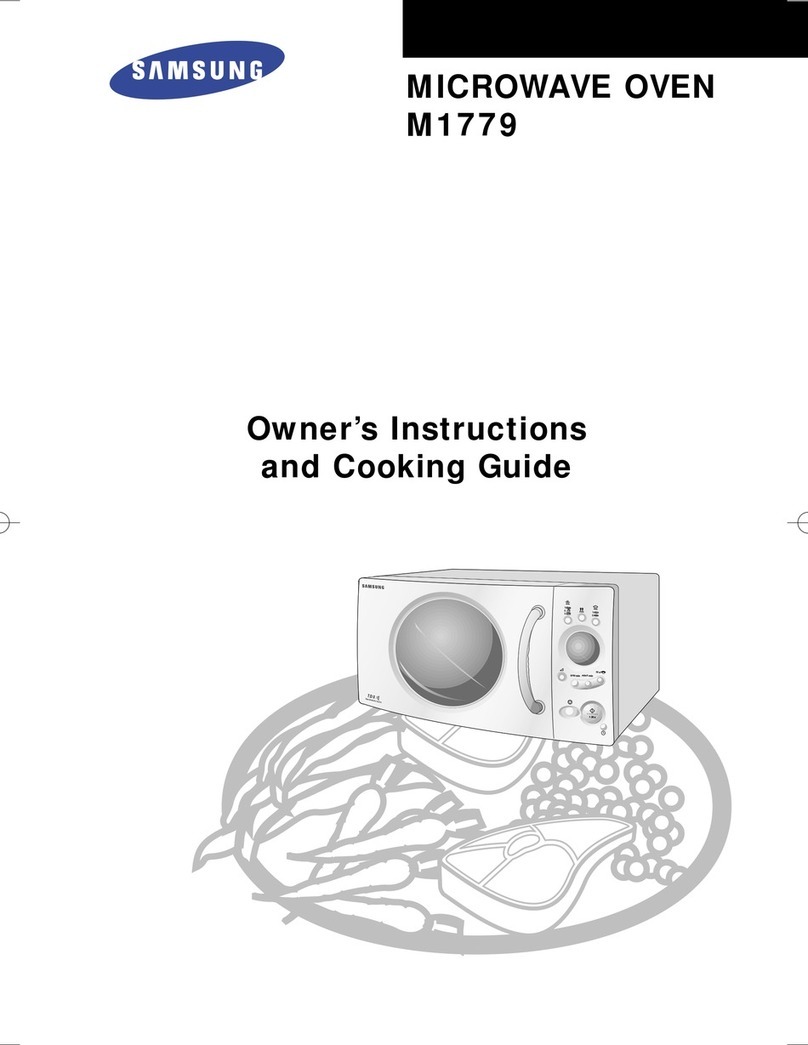
Samsung
Samsung M1779 Owner's instructions
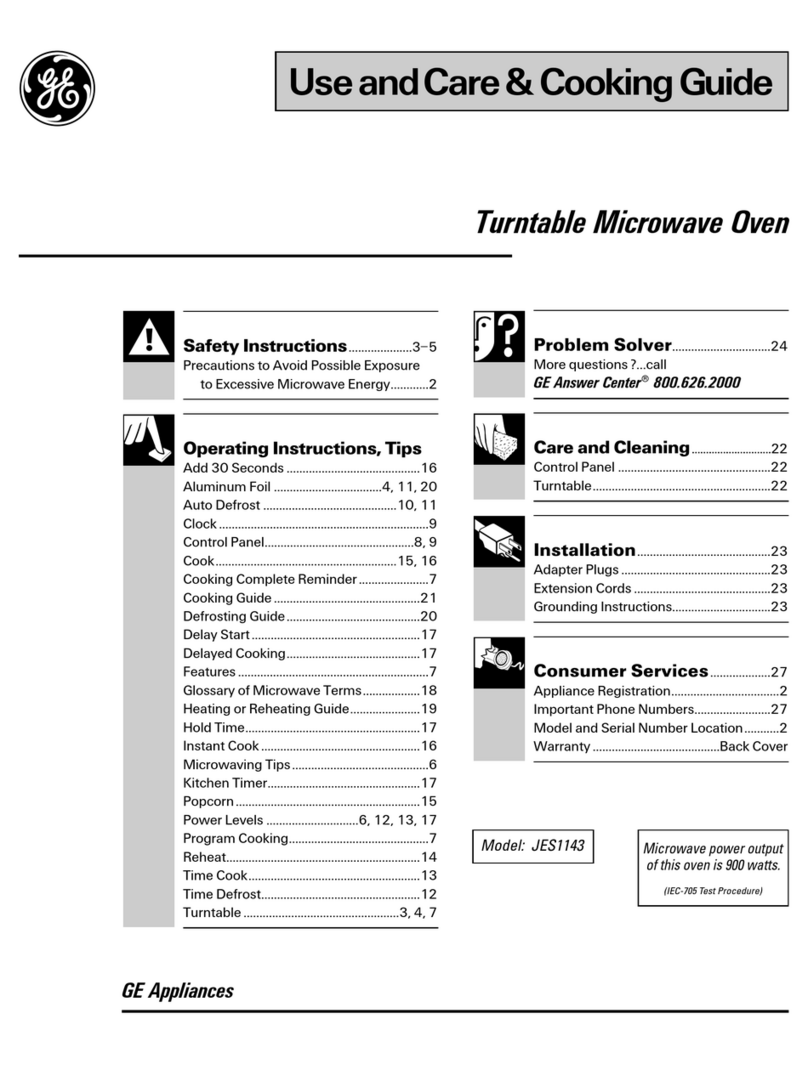
GE
GE JES1143 Use and care & cooking guide

Miele
Miele H6200BM(TB) Operating and installation instructions
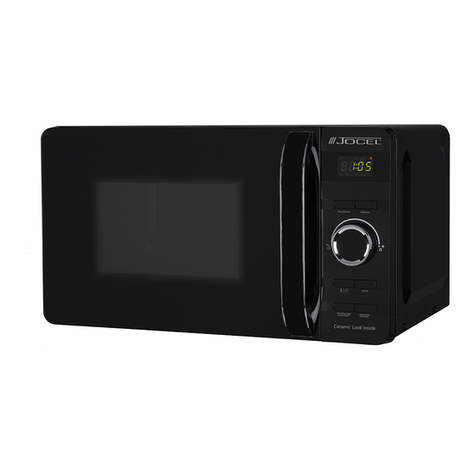
Jocel
Jocel JMO011480 instruction manual
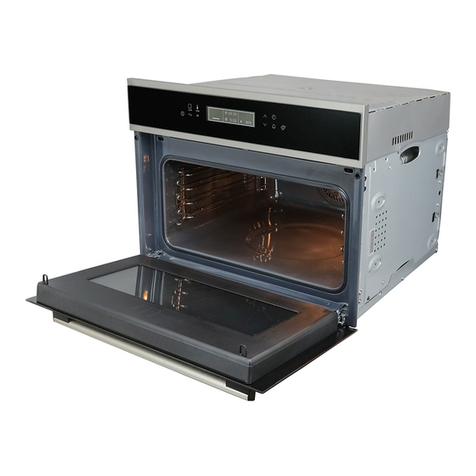
Electrolux
Electrolux EVL8E00X user manual
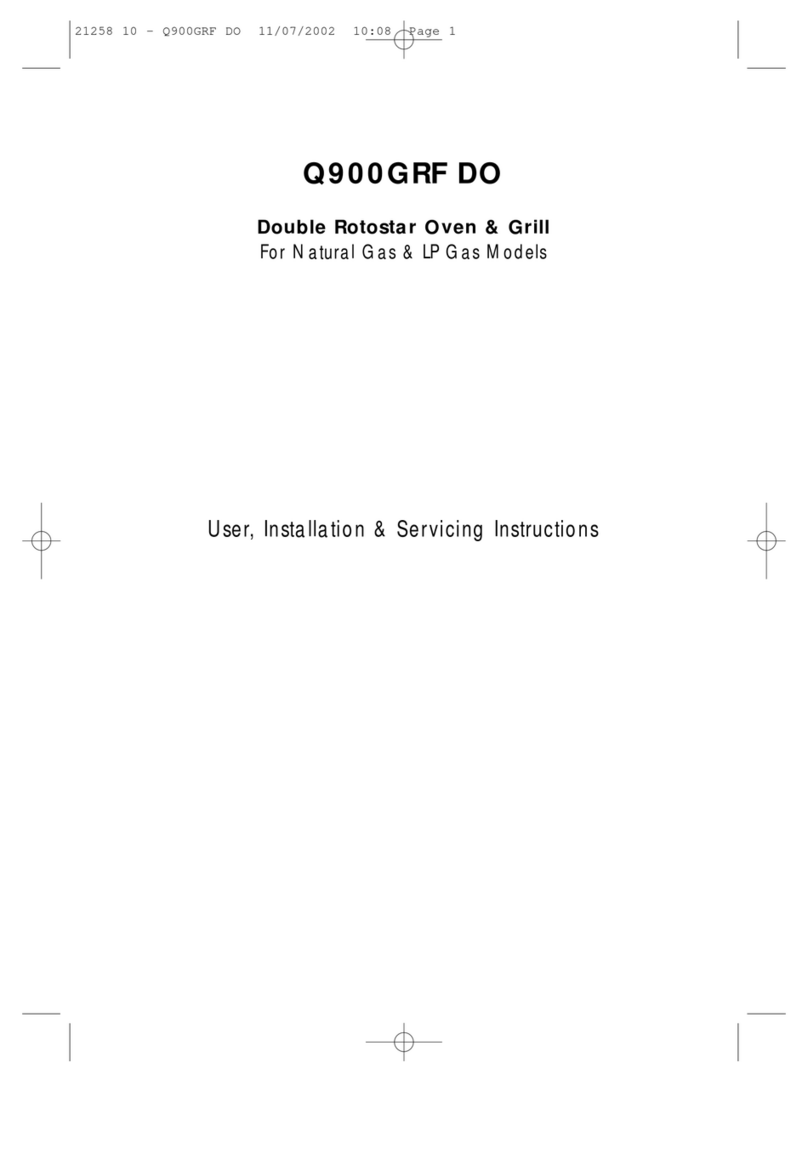
STOVES
STOVES Q900GRF DO User, installation & servicing instructions

Daewoo
Daewoo KOR-6L0B3S Operating instructions & cook book

KitchenAid
KitchenAid KCMS1555 Use and care guide
